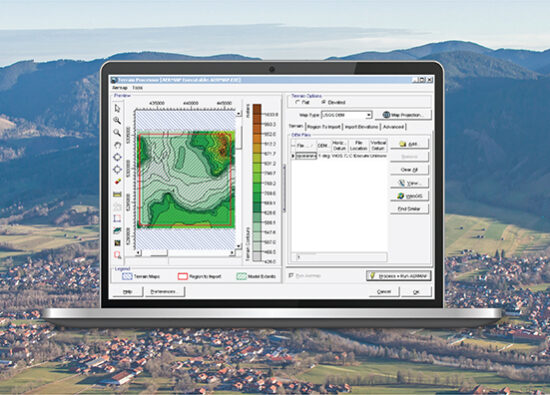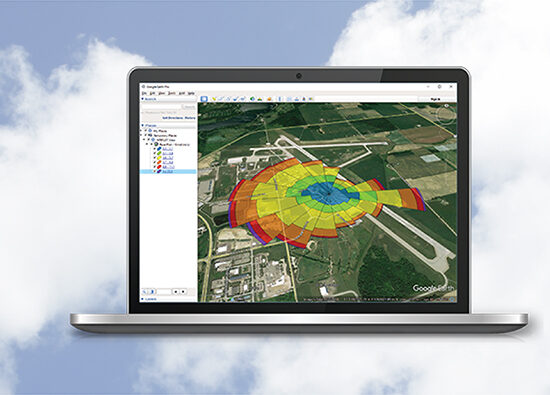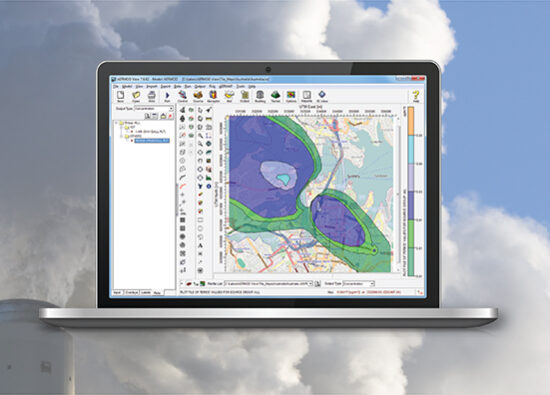Air Dispersion Modeling
Air dispersion modeling uses information about sources and meteorological conditions to calculate how a pollutant moves through the atmosphere and what the pollutant concentration is at specific points.
AERMOD View
Our most commonly used air dispersion model. Applicable to a wide range of buoyant or neutrally buoyant emissions up to a range of 50km. Also suitable for complex terrain and urban dispersion.
CALPUFF View
A non-steady state Gaussian puff model, suitable for long range transport, atmospheric chemistry, visibility and scenarios with complex wind fields, such as coastal and complex terrain areas.
AERSCREEN View
AERSCREEN is a screening-level air quality model based on the U.S. EPA AERMOD model which estimates worst-case ground level concentrations for a single source.
CALRoads View
A traffic dispersion model specifically designed for modeling emissions from vehicles. CALRoads can model timed intersections, parking lots and account for traffic patterns.
AUSTAL View
A Lagrangian particle tracking model. Widely used in Germany, AUSTAL is capable of modeling complex wind fields and transient behavior.
Emissions Management
Emissions management involves the collection, calculation, analysis, and reporting of emission data from a variety of sources. Examples of common source types include Point, Area, Fugitive, and Mobile sources. Emissions data may be used to create inventories for regulatory reporting or to run air dispersion models.
AQMIS
Complete air quality management solution for environmental agencies, environmental consultants and regulated industry. User reported benefits include significant cost and time savings, improved accuracy, and defensible regulatory compliance.
Emergency Release
Emergency release modeling is a specific kind of air dispersion modeling that deals with accidental releases, typically denser than air. This kind of modeling is used to evaluate accident scenarios and create emergency response plans.
SLAB View
A GUI for the SLAB model. SLAB is an atmospheric dispersion model for denser-than-air releases. An ideal tool to predict hazardous zones and potential impacts of accidental releases.
Risk Assessment
Risk assessment involves modeling the fate and transport of pollutants beyond their dispersion in the air. Transport through mechanisms such as deposition, run-off and bioaccumulation are considered with an overall objective of assessing the impact of pollutants on people and the environment.
IRAP-h View
An advanced human health risk assessment program for conducting a comprehensive multi-pathway risk assessment based on the U.S. EPA Human Health Risk Assessment Protocol (HHRAP).
EcoRisk View
An advanced ecological risk assessment program for conducting a comprehensive multi-pathway risk assessment based on the U.S. EPA Screening Level Ecological Risk Assessment Protocol (SLERAP).
Freeware
Lakes Environmental is proud to offer you the following software products as freeware.
Screen View
WRPLOT View
Percent View
Have questions about any of the products listed above?
Reach out to our dedicated team for more information
- we’re here to help!
Modeling Tips
Unlock the full potential of your environmental software with expert guidance. These tips will help you streamline processes, improve accuracy, and maximize efficiency in every project.




